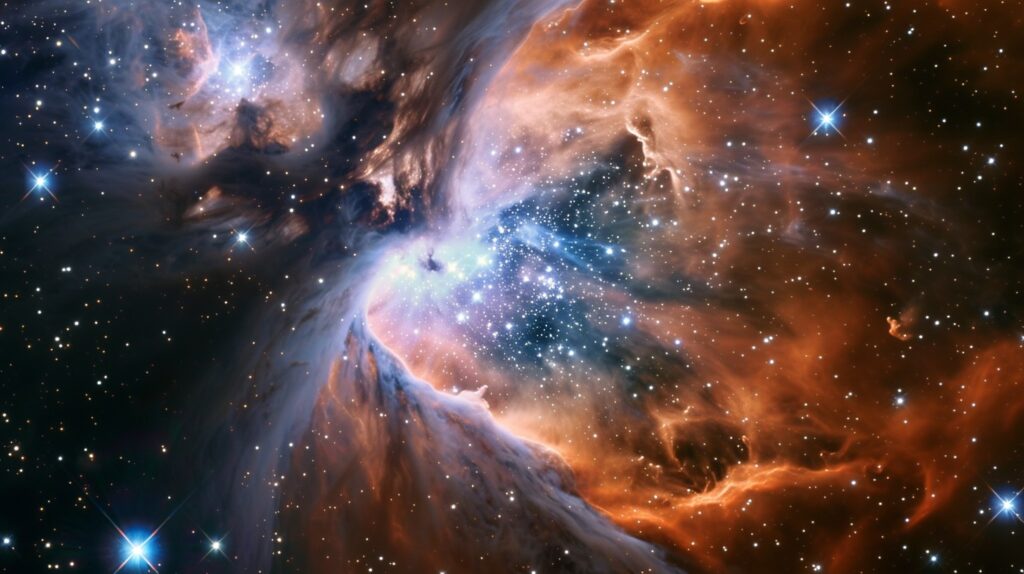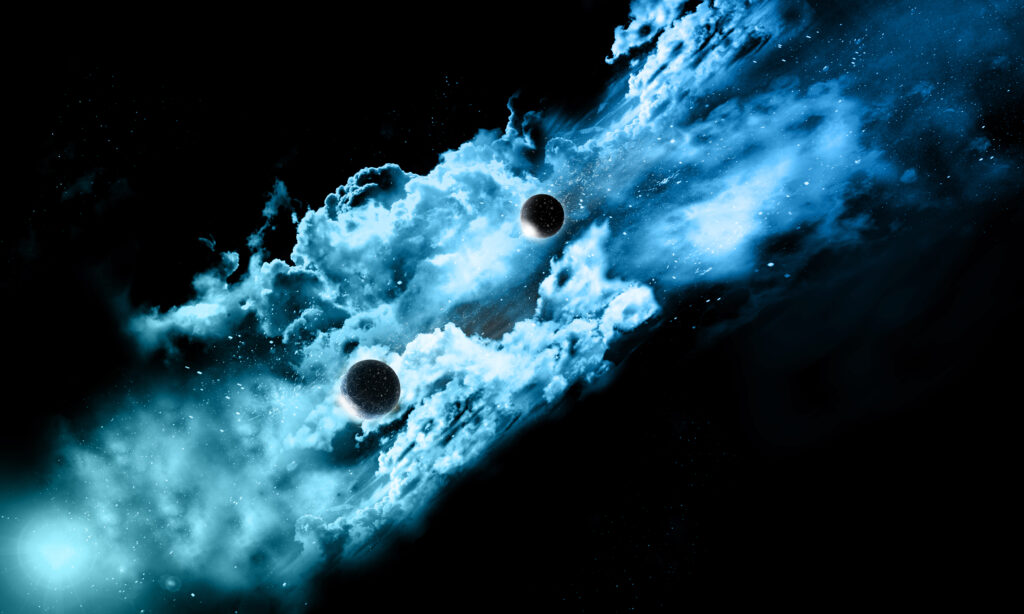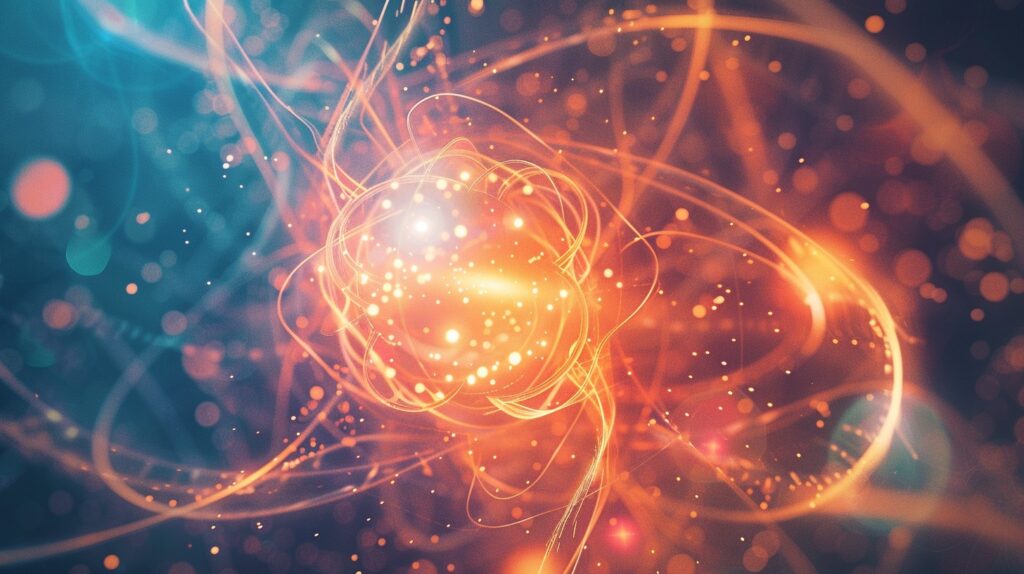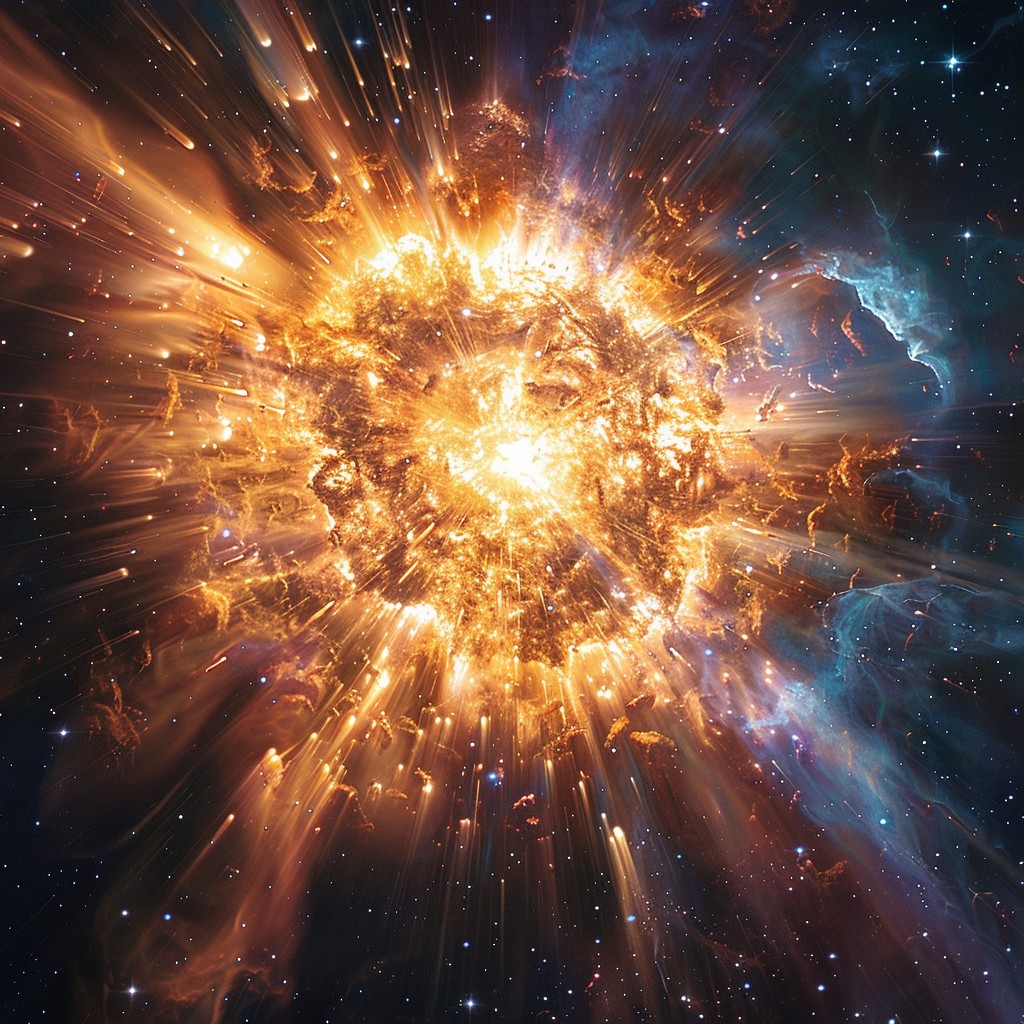Introduction
The Cosmic Recipe: Ordinary Matter
Dark Matter: The Invisible Glue
Dark Energy: The Cosmic Speedster
The Baryonic Story: Protons and Neutrons
Neutrinos: The Ghost Particles
The Universe’s Beginnings: The Big Bang
Conclusion
FAQs
Introduction
Ever wondered what makes up the universe? Yeah, same here. I mean, we’ve got stars, planets, and all that jazz, but what else is out there? Spoiler alert: It’s more than just space dust and alien conspiracies. Let’s dive into this cosmic cocktail and see what ingredients we’re working with.
The Cosmic Recipe: Ordinary Matter

First up, we’ve got ordinary matter. You know, the stuff you can actually see and touch. It makes up about 5% of the universe. This includes stars, planets, trees, your favorite pizza, and even you. Ordinary matter is composed of atoms, which are made up of protons, neutrons, and electrons. Basic chemistry, right? But when you look at the grand scheme of things, this ordinary matter is just a teeny-tiny fraction of what’s out there.
Dark Matter: The Invisible Glue

Now, let’s get to the spooky stuff—Dark Matter. It’s like the universe’s invisible glue, holding galaxies together. We can’t see it, can’t touch it, but we know it’s there because of its gravitational effects. Think of it like an invisible friend that keeps everything in line. Dark Matter makes up about 27% of the universe. So, if you’re feeling a bit out of touch with reality, just remember: most of the universe is literally invisible.
Dark Energy: The Cosmic Speedster

Next on the list is Dark Energy. If Dark Matter is the glue, Dark Energy is the cosmic speedster. It’s pushing the universe to expand faster and faster. Imagine blowing up a balloon and it just keeps getting bigger and bigger without you adding more air. That’s Dark Energy at work. It’s mysterious, powerful, and it makes up a whopping 68% of the universe. So, yeah, it’s kind of a big deal.
The Baryonic Story: Protons and Neutrons

Let’s circle back to ordinary matter for a bit. Baryonic matter is a fancy term for stuff made of protons and neutrons. These particles are the building blocks of atoms. Every element on the periodic table? Made of baryonic matter. Stars burn bright because of nuclear reactions involving baryonic matter. And let’s not forget, baryonic matter also includes interstellar gas clouds. Picture a cosmic mist floating through space, setting the stage for star formation.
Neutrinos: The Ghost Particles

Then there are neutrinos. These tiny, almost massless particles zoom through the universe at nearly the speed of light. They’re produced in nuclear reactions, like those in the sun or in a supernova explosion. Neutrinos are so elusive that trillions pass through you every second without you even noticing. Ghost particles, indeed.
The Universe’s Beginnings: The Big Bang

So, how did all this stuff come to be? Enter the Big Bang. About 13.8 billion years ago, the universe was a hot, dense point. Then, kaboom! It expanded rapidly, creating space and time. In the first few minutes, protons and neutrons formed, eventually leading to hydrogen and helium. These light elements clumped together to form stars and galaxies. And here we are, billions of years later, still trying to figure it all out.
Conclusion
So, what is the universe made of? It’s a mix of ordinary matter, dark matter, and dark energy. Ordinary matter is the stuff we see and touch. Dark matter is the invisible glue holding galaxies together. Dark energy is the mysterious force pushing the universe to expand. Together, they create the cosmic soup we call home. The more we learn, the more we realize there’s still so much we don’t know. And that’s the beauty of it.
FAQs
Q: What is ordinary matter? A: Ordinary matter is the stuff you can see and touch, like stars, planets, and even your favorite pizza. It makes up about 5% of the universe.
Q: What is Dark Matter? A: Dark Matter is an invisible substance that makes up about 27% of the universe. We can’t see it, but we know it’s there because of its gravitational effects.
Q: What is Dark Energy? A: Dark Energy is a mysterious force causing the universe to expand at an accelerating rate. It makes up about 68% of the universe.
Q: How did the universe begin? A: The universe began with the Big Bang about 13.8 billion years ago, which created space and time and led to the formation of protons, neutrons, and eventually stars and galaxies.
Q: What are neutrinos? A: Neutrinos are tiny, almost massless particles produced in nuclear reactions. They pass through matter virtually undetected, making them known as ghost particles.
